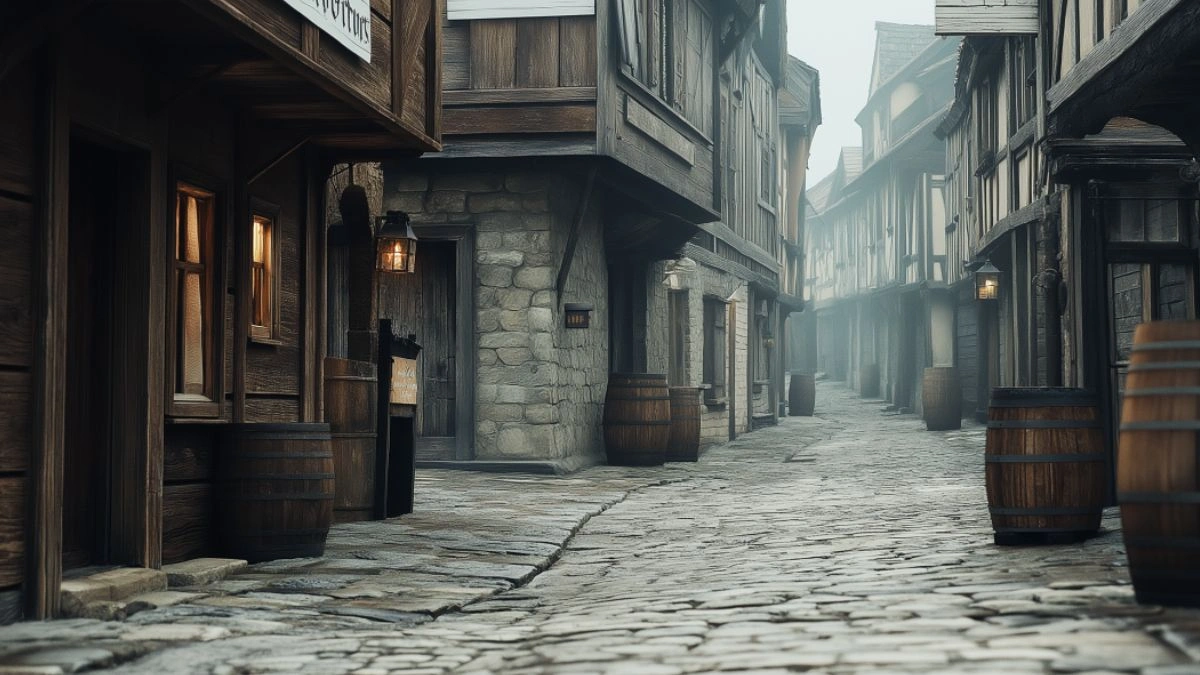Exploring Traditional Japanese Neighborhoods: A Step Back in Time
Table of Contents
In a country where neon-lit cities meet serene shrines, there exists a quieter side of Japan—one where cobblestone alleys, wooden machiya townhouses, and timeless rituals breathe life into centuries-old traditions. While Tokyo’s skyline and Osaka’s energy are captivating, it’s in Japan’s traditional neighborhoods that you truly feel the heartbeat of the past.
These historic districts, often nestled between urban growth or tucked into scenic corners, offer more than photo ops. They are living museums—preserved spaces where craftsmanship, community, and cultural heritage continue to thrive. Walking through these neighborhoods is like stepping into a bygone era, where the rhythm of everyday life slows, and details matter: from hand-carved signboards to meticulously tended bonsai on porches.
For travelers seeking an immersive and meaningful experience, exploring traditional Japanese neighborhoods is an invitation to understand the country’s soul. In this guide, we’ll journey through some of Japan’s most cherished districts—from Kyoto’s Gion to Takayama’s preserved streets—while sharing tips on what to see, what to feel, and how to respectfully engage with these timeless places.
Strolling Through Gion, Kyoto’s Geisha District
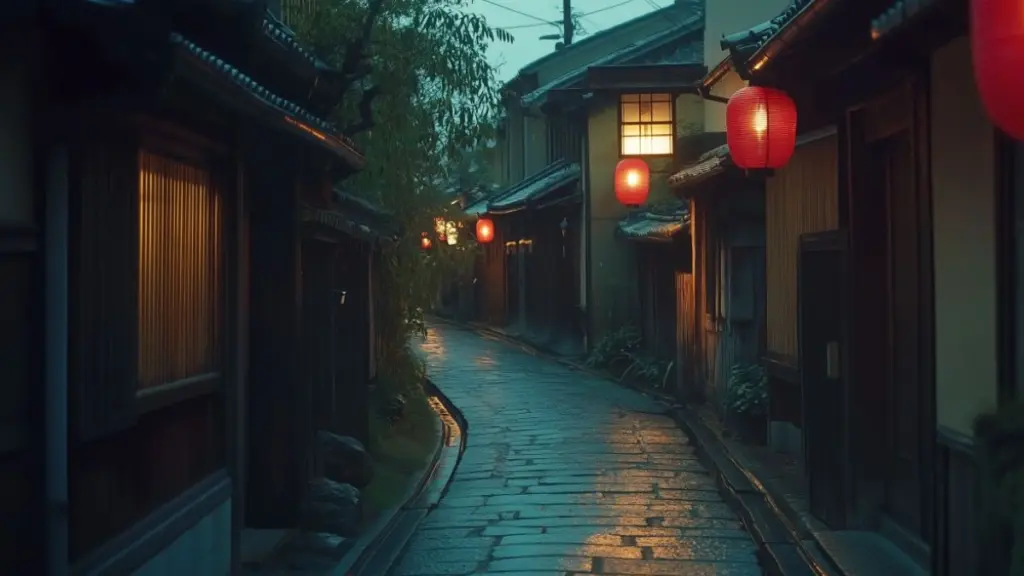
Kyoto’s Gion district is perhaps the most iconic traditional neighborhood in Japan. Lined with dark wooden machiya (townhouses), teahouses, and cobbled streets, Gion offers a rare glimpse into Japan’s refined Edo-period elegance. By day, it’s serene and contemplative; by night, it’s softly lit by lanterns and alive with history.
Gion is also home to Kyoto’s geisha culture, known locally as geiko and maiko. While respectful observation is encouraged, photography is restricted in certain alleys due to past tourist behavior. Take the time to visit Yasaka Shrine at the district’s end or enjoy traditional sweets at a local tea café.
Highlights of Gion
| Experience | Description |
|---|---|
| Hanamikoji Street | Famous for traditional architecture and teahouses |
| Shirakawa Canal Path | Romantic stroll beside a willow-lined waterway |
| Gion Corner Theater | Watch brief performances of tea ceremony, dance, and music |
| Yasaka Shrine | Spiritual and photogenic with a long cultural history |
Exploring Takayama’s Sanmachi Suji District
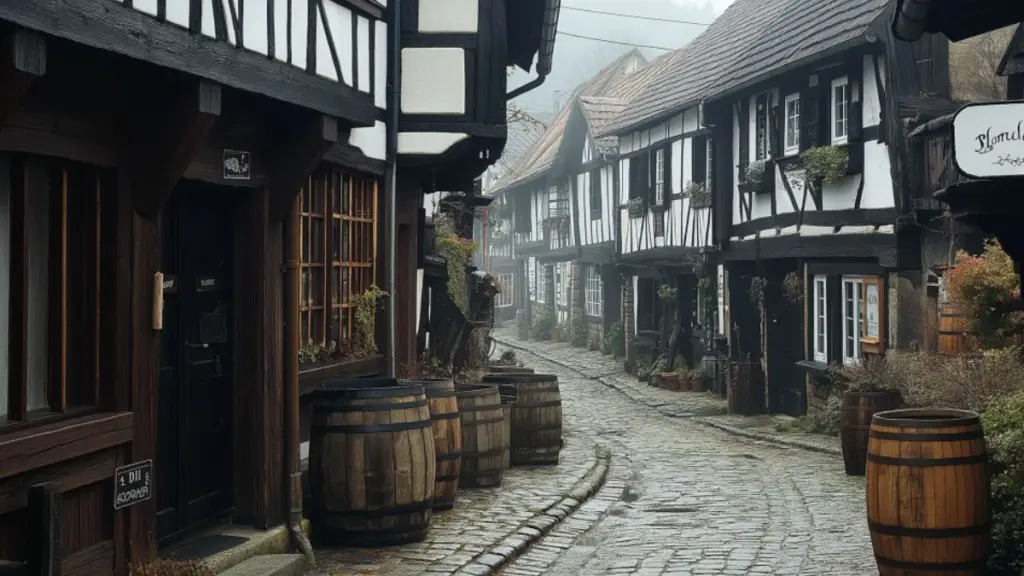
Tucked in the Japanese Alps, Takayama offers one of the best-preserved Edo-period neighborhoods in the country. The Sanmachi Suji district is the city’s historic heart, where the air smells of cedarwood, sake brews in 200-year-old distilleries, and shopkeepers greet you with quiet hospitality.
This compact area is ideal for solo travelers and those who love walking with intention. It’s filled with merchant houses, museums, sake breweries, and cozy cafés serving locally made miso and sweets. Plan your visit in the early morning or evening for a tranquil atmosphere that truly feels untouched by time.
Takayama Historic District Walkthrough
| Stop | Must-See or Do |
|---|---|
| Hida Folk Village | Outdoor museum with traditional thatched houses |
| Sake Breweries | Sample seasonal brews and learn brewing methods |
| Takayama Jinya | Former government building with Edo-era architecture |
| Morning Market | Try pickled vegetables and handmade crafts |
Discovering Kanazawa’s Higashi Chaya District
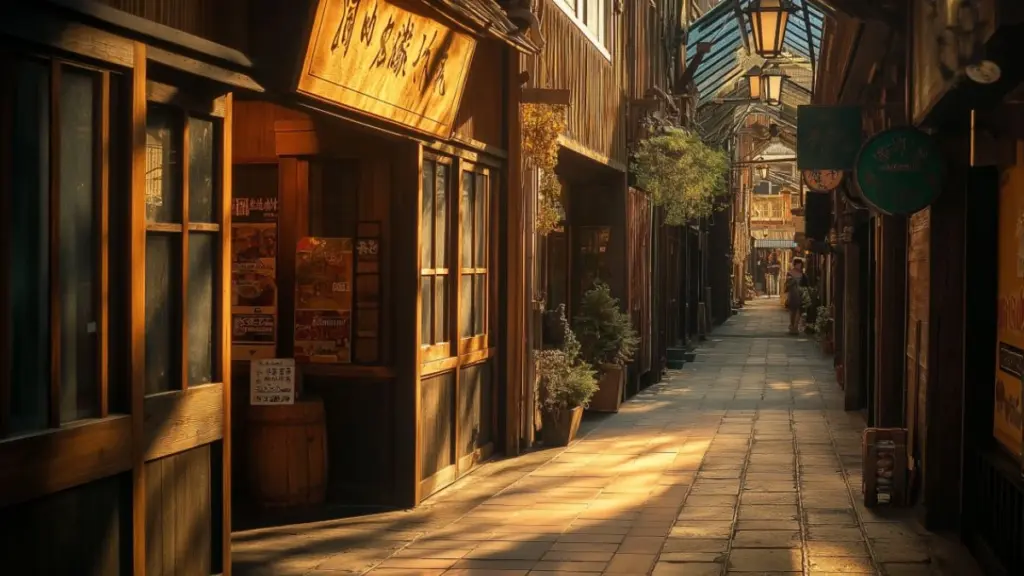
Kanazawa is often called “Little Kyoto,” and the Higashi Chaya District stands as its crown jewel. This traditional tea house area has been preserved with striking care, offering a quieter but equally rich version of Gion. The polished wood exteriors and gold-leaf crafts define Kanazawa’s elegance and artistic roots.
Visit during daylight for peaceful browsing and tea experiences, or wander at sunset when golden light bounces off the polished lattices. Local shops sell handcrafted souvenirs, from gold-dusted confections to handmade ceramics. Don’t miss the Shima Geisha House Museum, where you can see an original geisha parlor interior.
Higashi Chaya District Highlights
| Attraction | What to Expect |
|---|---|
| Shima House Museum | Insight into geisha culture with preserved interiors |
| Hakuza Gold Leaf Store | Demonstrations and gold-infused treats |
| Chaya Cafés | Matcha and wagashi in a heritage setting |
| Street Ambiance | Photo-worthy architecture and quiet elegance |
Preserved Peace in Kurashiki’s Bikan Historical Quarter
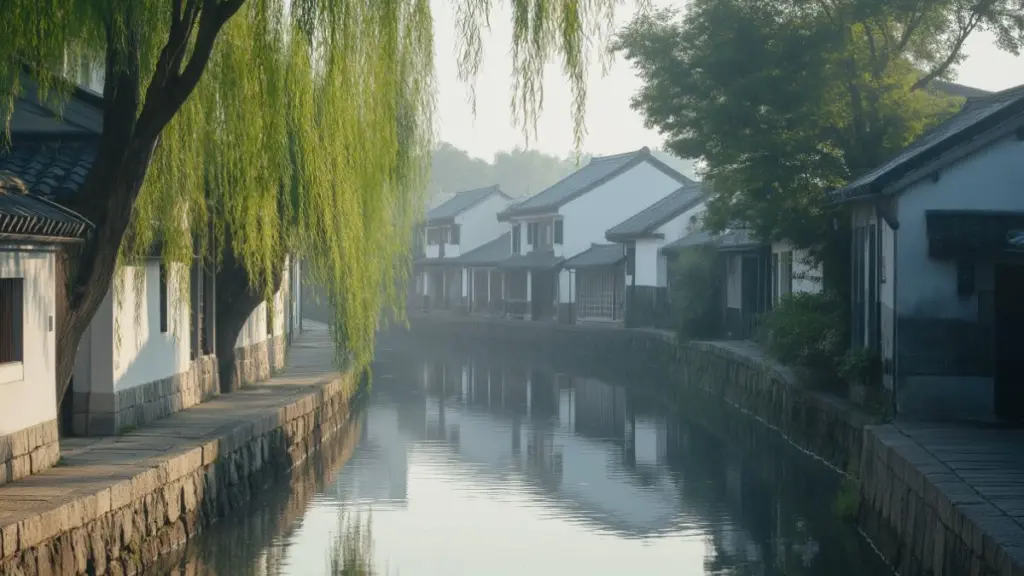
Kurashiki in Okayama Prefecture is known for its canal-side charm. The Bikan Historical Quarter combines Edo-period architecture with a slightly European feel, thanks to its history as a merchant hub. White-walled storehouses, ivy-draped facades, and weeping willows create a dreamlike atmosphere.
Solo explorers and slow travelers will love renting a bicycle or strolling the canal banks, which mirror the aesthetic of a bygone merchant era. Museums and art galleries blend seamlessly into the scenery, and small cafés with wood-paneled interiors offer perfect rest stops.
What to Explore in Kurashiki Bikan
| Location or Activity | Experience Highlight |
|---|---|
| Kurashiki Canal Ride | Gondola-style boat with scenic commentary |
| Ohara Museum of Art | Japan’s first museum of Western art |
| Ivy Square | Red-brick complex with shops and art spaces |
| White-Wall Streets | Aesthetic backdrop for quiet photography |
Gion, Kyoto’s Geisha District
Few places evoke “old Japan” as vividly as Gion. While many cities attempt to preserve historical ambiance, Gion lives and breathes it. The district’s soul lies not just in its architecture but in its rituals—tea ceremonies, geiko dances, and the subdued elegance of kimono-clad silhouettes disappearing down narrow alleys.
Start your visit on Hanamikoji Street, where the geometry of wooden facades and lattice windows frames every photo like a postcard. For a deeper understanding, visit Gion Corner, a cultural theater where you can witness traditional arts in short-form performances. These include ikebana (flower arranging), bunraku (puppet theater), and kyo-mai (Kyoto-style dance).
Despite Gion’s popularity, solitude is possible. Visit in the early morning or mid-week evenings to experience the silence between lantern flickers. Order matcha at a teahouse, and listen to the rhythm of footsteps on stone. Even the air feels curated—filled with history, incense, and plum blossoms.
Self-Guided Gion Experience
| Time | Activity |
|---|---|
| 7:00 AM | Walk Hanamikoji Street without crowds |
| 10:00 AM | Visit Gion Corner cultural show |
| 2:00 PM | Browse traditional shops along Shirakawa Canal |
| 6:00 PM | Dinner at a kaiseki restaurant or teahouse |
Gion teaches you not just about the past, but how to be present—attuned to beauty, ritual, and reverence in every corner.
Takayama’s Sanmachi Suji District
Takayama may be small in size, but it’s expansive in character. This mountain town offers one of the most immersive traditional Japanese neighborhood experiences, with preserved streets that date back to the 17th century. Every storefront tells a story—from antique sake labels to wood-burned family crests still hanging proudly.
Begin at the morning market, where farmers and artisans sell seasonal produce, snacks, and regional crafts. Continue to the historic Jinya, a former government house that showcases tatami rooms, secret doors, and prison cells. From there, wander freely among the shopfronts of Sanmachi Suji.
Sake tasting is a must—many breweries offer free samples, and the sweet, unfiltered nigori sake is especially beloved here. Pop into small museums or pick up Hida beef jerky and hand-carved trinkets made by local artists. Takayama is the kind of place where you’ll want to stay longer than you planned.
Takayama Traveler’s Timeline
| Hour | Activity |
|---|---|
| 8:00 AM | Explore Morning Market and sample local pickles |
| 10:00 AM | Visit Takayama Jinya for architectural history |
| 12:30 PM | Enjoy lunch at a soba or Hida beef restaurant |
| 3:00 PM | Sake tasting and artisan gift shopping in Sanmachi Suji |
Takayama invites solo travelers to slow down, savor details, and engage with history not as an observer—but as a welcomed guest.
Conclusion
Traditional Japanese neighborhoods offer a rare and precious gift—time travel. Amid polished wooden beams and gently worn cobblestones, you don’t just see history; you feel it. These preserved enclaves invite you to slow down, notice the intricate craftsmanship, and connect with a deeper cultural rhythm.
Whether wandering through Kyoto’s poetic alleys or sipping sake in Takayama’s mountain air, these places reward the curious, the respectful, and the patient. For travelers who seek authenticity, beauty, and a sense of reverence for tradition, Japan’s historic neighborhoods are more than destinations—they are experiences that linger long after the journey ends.

